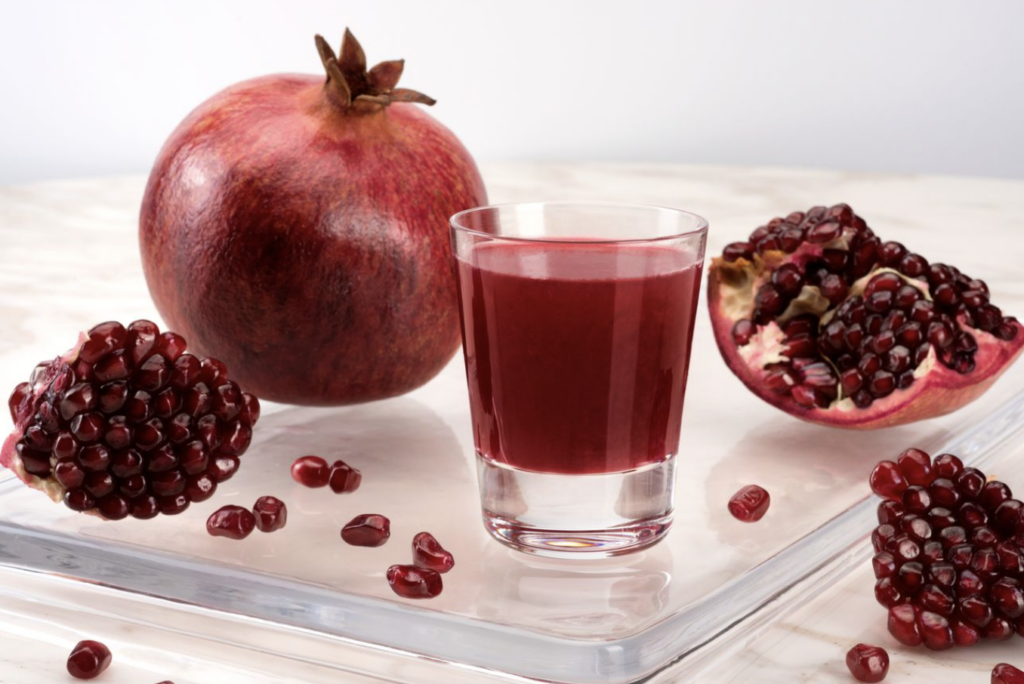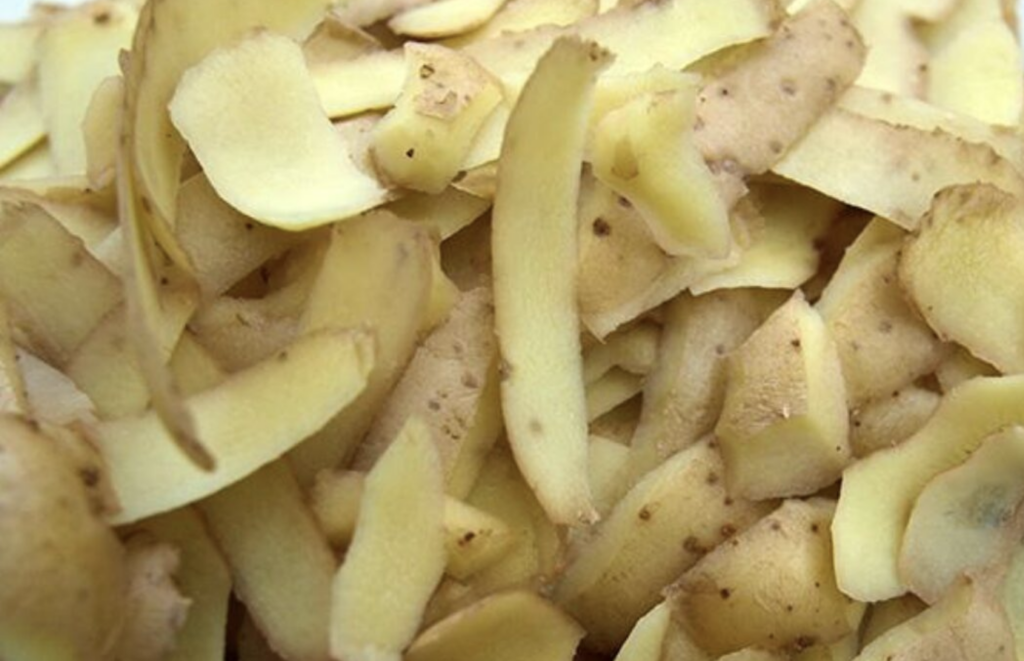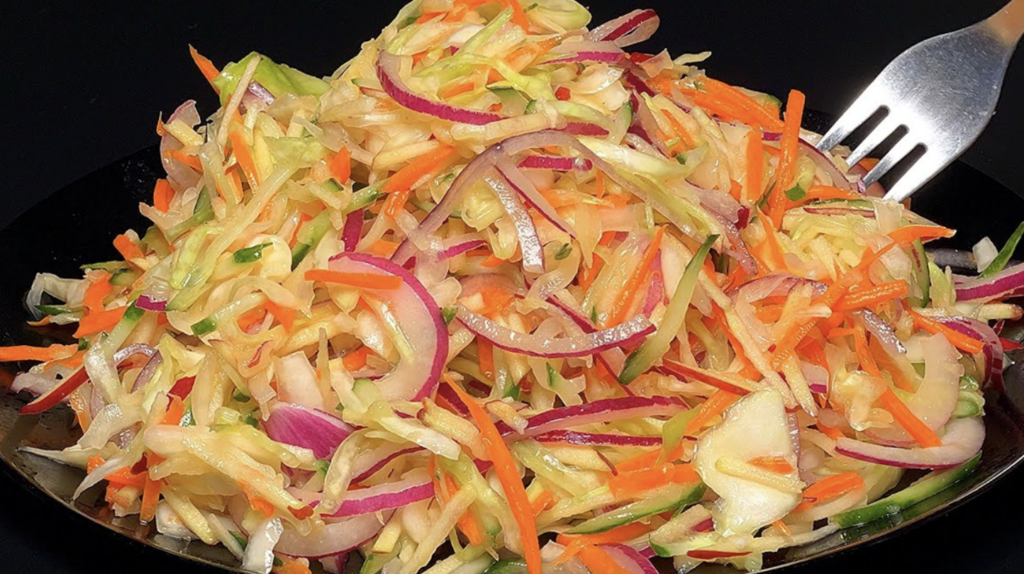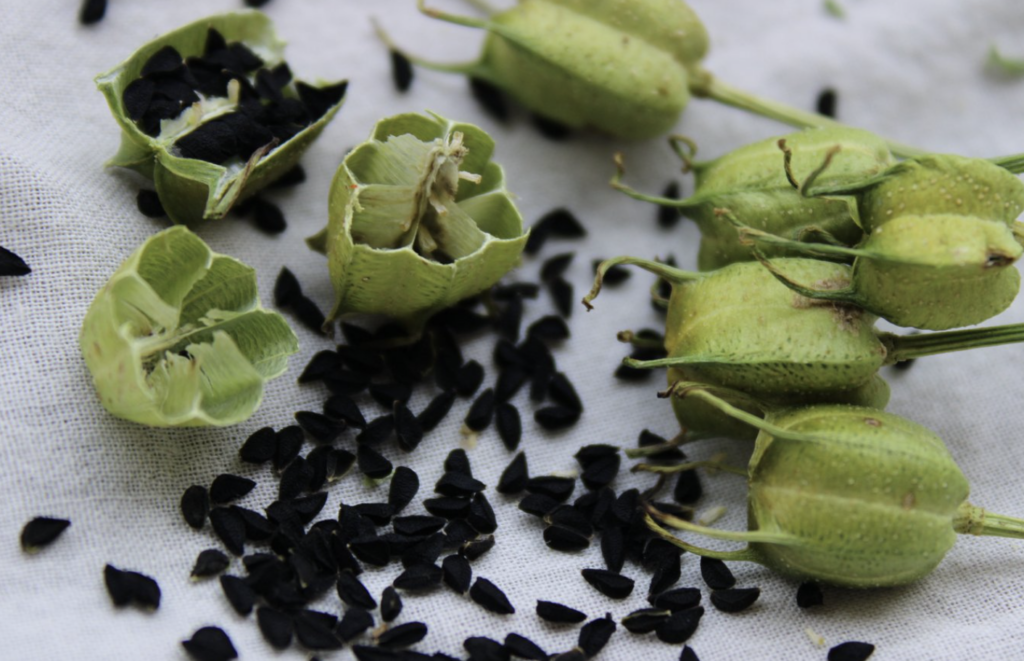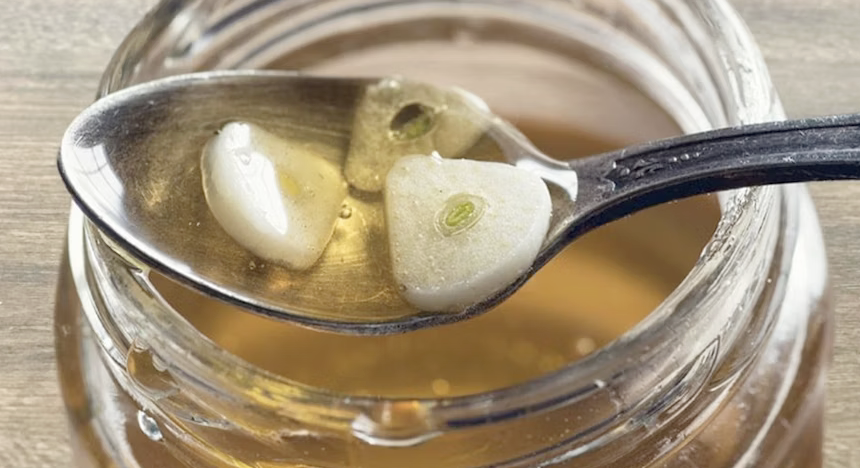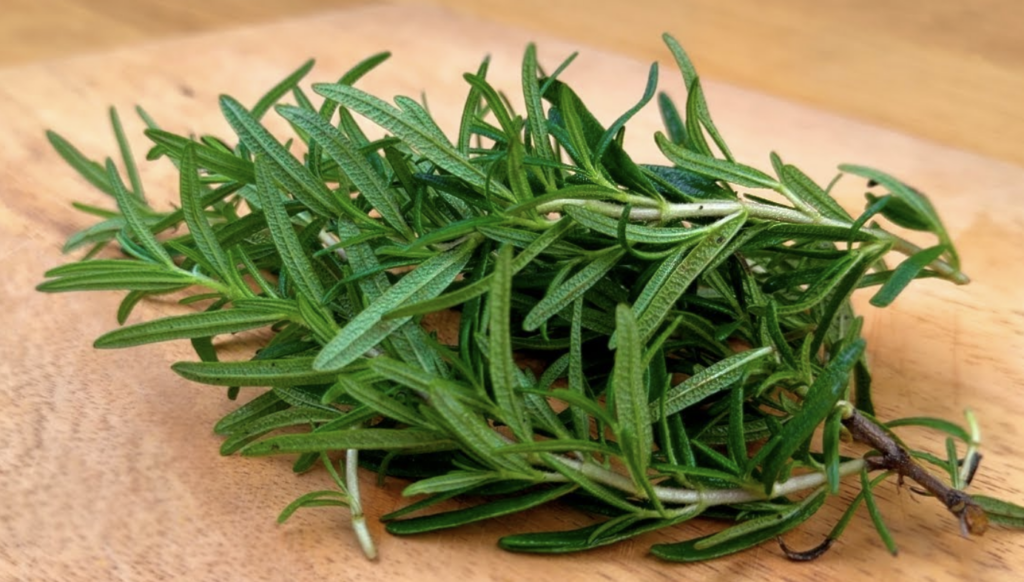Pomegranate juice is a delightful beverage, cherished not only for its vibrant taste but also for its plethora of health benefits. This ruby-red delight is packed with antioxidants, vitamins, and minerals, making it a fantastic choice for those looking to enhance their diet with a nutritious drink. If you’ve ever wondered how to make your own fresh pomegranate juice at home, you’re in luck. The process is surprisingly simple and rewarding. Here’s a step-by-step guide to creating this refreshing drink.
Gathering Your Ingredients
The beauty of making pomegranate juice lies in the simplicity of its ingredients list. All you need are:
-
2-3 large pomegranates
-
Optional: A touch of sweetener, like honey or sugar, if you prefer your juice a bit sweeter
Preparation Steps
-
Prepare Your Work Area: Pomegranate juice can stain, so it’s a good idea to cover your work area with a kitchen towel or paper. Wearing an apron is also recommended.
-
Open the Pomegranate: Cut the crown (top) off the pomegranate, score the skin in quarters from top to bottom, and then break it apart over a bowl of water. The seeds will sink, and the membrane will float, making it easier to separate.
-
Release the Seeds: Gently remove the seeds (arils) from the membrane and discard the skin and membrane. You can do this in the bowl of water to minimize mess and ease the process.
-
Juice the Seeds: For this step, you have a couple of options. You can either press the seeds with the back of a spoon through a sieve over a bowl or use a hand juicer. If you have a cold press juicer, you can put the whole seeds in and let the machine do the work for you.
-
Strain: Regardless of your method, it’s a good idea to strain the juice through a fine mesh to remove any remaining pulp or seeds.
-
Sweeten (Optional): Taste your juice. If it’s too tart for your liking, you can add a bit of honey or sugar. Mix well until the sweetener is fully dissolved.
-
Serve: Pour your freshly made pomegranate juice into glasses, perhaps over ice, for a refreshing and healthy drink.
Conclusion
Making pomegranate juice at home is a simple and enjoyable process that yields a drink bursting with flavor and health benefits. Whether you’re looking for a refreshing summer beverage or a nutritious addition to your daily diet, homemade pomegranate juice is a delightful choice. Cheers to your health!
